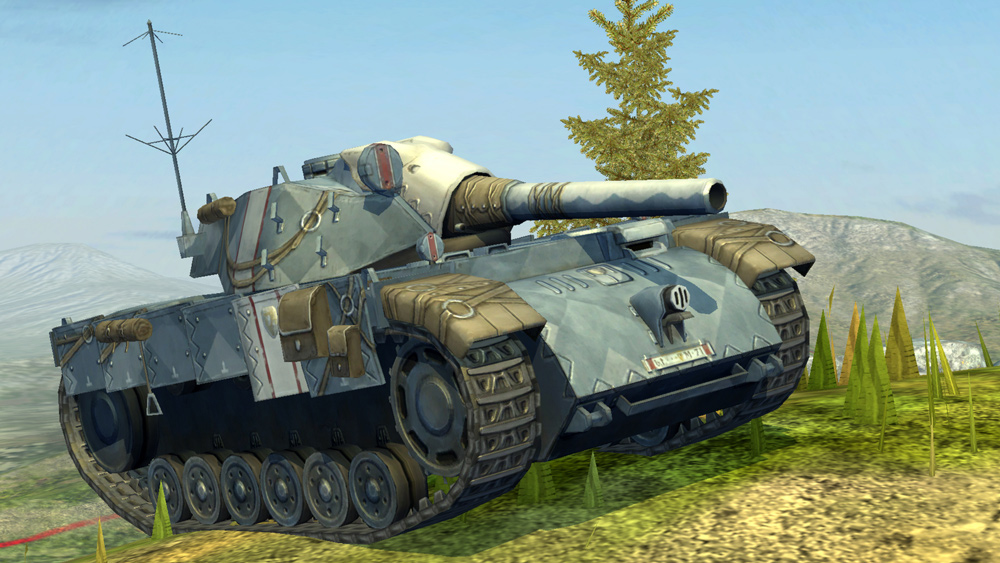
In many respects the recollections of the battle of the Somme and the latest trailers from Wargaming were uneasy bedfellows. World of Tanks Blitz – the mobile version of the game – will also receive commemorative content in the coming weeks, as well as additional updates featuring Soviet light tanks, a Yamato Harbour Map, new Clan tournaments and two ‘special guest tanks’ in the shape of Nameless and Edelweiss from the Valkyrie Chronicles series. In Snow’s own words, “It’s like Pokemon Go for tanks.” It’s an educational but also enjoyable mobile app that does an excellent job of demonstrating how digital technology can engage and communicate the stories of the past to new audiences. Strict historical accuracy isn’t something the company will let get in the way a good game experience, but their partnership with The Tank Museum shows that their support extends beyond video game thrills.Īnnounced at the event – by popular historian, Dan Snow – was a new app called Tank 100, that uses augmented reality to return First World War tanks back to the UK’s streets and squares. To their credit, the history and heritage of the First World War is not something Wargaming avoids.


Over time, however, they became neglected, broken down for scrap metal, and – when the Second World War began – stripped for essential materials. Of the 265 tanks donated back to the UK’s communities, only one remains, now safely secured at The Tank Museum in Bovington. Once the war was over the Mark I tanks – which were rapidly becoming obsolete – were donated back to the towns and cities that funded them.įor many years they stood proudly in town squares as monuments to the bloodiest war the world had ever seen. The Mark I played a vital role over the next two years in breaking the stalemate of trench warfare and bringing the First World War to a close. The construction of early tanks was financed by war bonds sold across the UK.

The modest gains of 15th September, 1916 – a mere 2.3km claimed – were enough to make the case for their wider use on the Western Front. Struggling against the brutalities of trench warfare, and faced with the deadly threat of machine guns and barbed wire entanglements, the British army turned to the mechanical solution of ‘landships’ in 1916 in an attempt to advance across No Man’s Land. The battle of the Somme began in July of that year, and two months later – 100 years ago this week – the first tanks rolled into action.ġ8 Mark I tanks were used in the last major offensive of the Somme campaign and their invulnerability to German rifle and machine gun fire gave the British Army the advantage they needed.


 0 kommentar(er)
0 kommentar(er)
